Filter by

High-level vision : object recognition and visual cognition
"A Bradford book."In this book, Shimon Ullman focuses on the processes of high-level vision that deal with the interpretation and use of what is seen in the image. In particular, he examines two major problems. The first, object recognition and classification, involves recognizing objects despite large variations in appearance caused by changes in viewing position, illumination, occlusion, and …
- Edition
- -
- ISBN/ISSN
- 9780262285353
- Collation
- 1 online resource (xviii, 412 pages) : illustrations
- Series Title
- -
- Call Number
- 006 ULL h

How images think
The transformation of images in the age of new media and the digital revolution.Digital images are an integral part of all media, including television, film, photography, animation, video games, data visualization, and the Internet. In the digital world, spectators become navigators wending their way through a variety of interactive experiences, and images become spaces of visualization with mo…
- Edition
- -
- ISBN/ISSN
- 9780262269568
- Collation
- 1 online resource (xxi, 253 pages) : illustrations
- Series Title
- -
- Call Number
- 006 BUR h

Image and brain : the resolution of the imagery debate
"A Bradford book."Kosslyn (psychology, Harvard U.) presents a 20-year research program on the nature of high-level vision and mental imagery -- offering his research as a definitive resolution of the long-standing "imagery debate," which centers on the nature of the internal representation of visual mental imagery. He combines insights and empirical results from computer vision, neurobiology, a…
- Edition
- -
- ISBN/ISSN
- 9780262277488
- Collation
- 1 online resource (viii, 516 pages) : illustrations
- Series Title
- -
- Call Number
- -
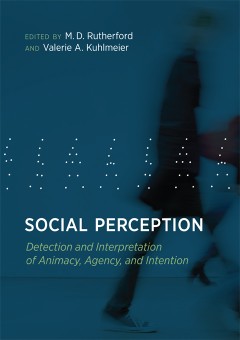
Social perception :detection and interpretation of animacy, agency, and inten…
Rutherford and Kuhlmeier present current research in the interdisciplinary field of social perception, including the perception of biological motion, the perception of animacy, attributions of intentionality, and the development of these psychological processes.OCLC-licensed vendor bibliographic record.
- Edition
- -
- ISBN/ISSN
- 9781461943280
- Collation
- 1 online resource (vi, 415 pages)
- Series Title
- -
- Call Number
- -
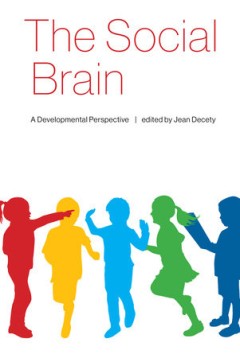
The social brain :a developmental perspective
"This new volume brings together a range of empirical and theoretical views from both developmental psychology and developmental neuroscience, and cover a core set of questions and topics that concern the development of the social mind. The basic topics about the origins, development, and biological bases of the human social mind include, but are not limited to, face and voice recognition, atta…
- Edition
- -
- ISBN/ISSN
- 0262358964
- Collation
- 1 online resource (xii, 426 pages) :illustrations (black and white).
- Series Title
- -
- Call Number
- -

Mindshaping: A new framework for understanding human social cognition
"In this novel account of distinctively human social cognition, Tadeusz Zawidzki argues that the key distinction between human and nonhuman social cognition consists in our complex, diverse, and flexible capacities to shape each other's minds in ways that make them easier to interpret. Zawidzki proposes that such "mindshaping"--Which takes the form of capacities and practices such as sophistica…
- Edition
- -
- ISBN/ISSN
- 9780262313278
- Collation
- 1 online resource (xxiii, 317 pages)
- Series Title
- -
- Call Number
- -

Things and places :
Problems in linking representation and perceived things in the world are discussed in light of the role played by a preconceptual indexing mechanism that functions to identify, reidentify, and track objects.
- Edition
- -
- ISBN/ISSN
- -
- Collation
- 1 online resource (xiv, 255 pages) : illustrations.
- Series Title
- -
- Call Number
- -
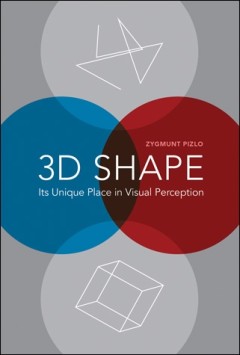
3D shape : Its Unique Place in Visual Perception
A new account of how we perceive the 3D shapes of objects and how to design machines that can see shapes the way we do.
- Edition
- -
- ISBN/ISSN
- -
- Collation
- 1 online resource (xiv, 278 pages) : illustrations
- Series Title
- -
- Call Number
- -
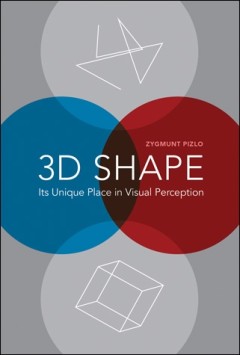
3D shape : Its Unique Place in Visual Perception
A new account of how we perceive the 3D shapes of objects and how to design machines that can see shapes the way we do.
- Edition
- -
- ISBN/ISSN
- -
- Collation
- 1 online resource (xiv, 278 pages) : illustrations
- Series Title
- -
- Call Number
- -
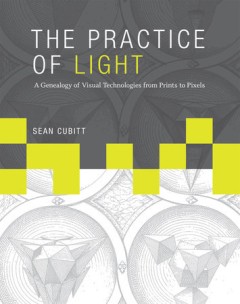
The practice of light :a genealogy of visual technologies from prints to pixels
An account of Western visual technologies since the Renaissance traces a history of the increasing control of light's intrinsic excess.OCLC-licensed vendor bibliographic record.
- Edition
- -
- ISBN/ISSN
- 9780262326568
- Collation
- 1 online resource (xiv, 354 pages, 8 unnumbered pages of plates) :illustrations (some color).
- Series Title
- -
- Call Number
- -
 Computer Science, Information & General Works
Computer Science, Information & General Works  Philosophy & Psychology
Philosophy & Psychology  Religion
Religion  Social Sciences
Social Sciences  Language
Language  Pure Science
Pure Science  Applied Sciences
Applied Sciences  Art & Recreation
Art & Recreation  Literature
Literature  History & Geography
History & Geography